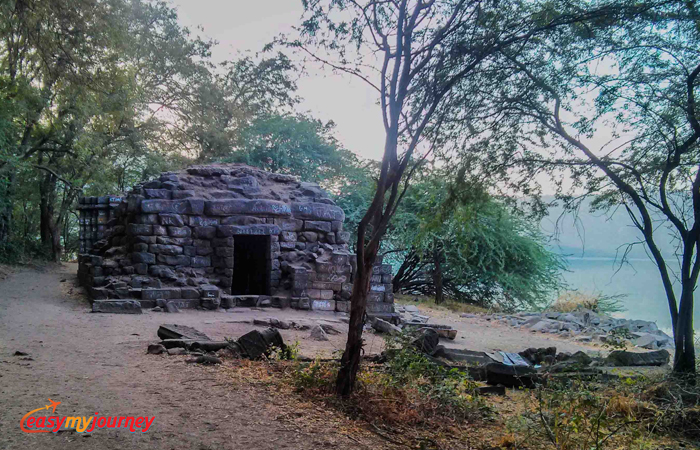A pilgrimage site and historical destination, Jalna is one of the budding tourist places in the beautiful state of Maharashtra. Known for its many temples, especially the Shree Jagdamba Devi Temple , which is 300 years old, Jalna is pacing up as Hindu pilgrimage site as well as a significant historical destination as well. The place indeed offers peace of mind and a holistic experience that remains unmatched.
Jalna is the district headquarters and was formed on May 1981. It is one of the leading commercial centres of the Marathwada region and part of Aurangabad Division now. It is a place where Sant Ramdas Swami was born in 1530. Tourism in Jalna is pilgrim oriented due to its ancient temples which are dedicated to various Hindu Gods and Goddesses. On 23rd September, 1803 the famous Battle of Assaye was fought here near Jafrabad between the British East India Company and the Maratha Empire. It is also called Jamb Samarth Village as it is the birthplace of Samarth Ramdas Swami. According to Ramayana, Devi Sita also lived here.
Centrally situated, Jalna is surrounded by other districts like Jalgaon, Parbhani, Buldhana, Beed and Aurangabad. River Godavari flows from west to east down the southern boundary of Jalna. The well known tourist places here are Shree Jagdamba Devi Temple, Anandi Swami Temple, Matsyodari Temple, Sri Ganesha Temple, Jamb Samartha, Guru Ganesh Bhawan and Jumma Masjid. The ancient Shree Jagdamba Devi Temple is 300 years old and the Anandi Swami Temple where Shri Sant Anandi Swami has undergone Samadhi is 250 years old.
Devotees from all over the country frequently visit this place for worship and attend the annual fairs which are very popular i.e. in Ashadhi Ekadashi, Sharad Navratri
Another tourist attraction is Jalna Fort which is also known as Mastgad. The Fort and the citadel was constructed together in 1725 on the instruction of Kabil Khan. Both the inner and the outer gates were built in 1711 and 1723 respectively by Asaf Jah of Asaf Jahi dynasty. The citadel is now used by the municipal corporation. The other sightseeing places are famous Ajanta and Ellora caves, Aurangabad and Lonar Crater Lake for the history and nature lovers.
Best Time to Visit Jalna
Jalna can be visited throughout the year but due to sub tropical climatic conditions, it is suggested to visit this ancient pilgrim city during winters. Due to pleasant weather, your sightseeing will become memorable in winters.
Summers are hot and humid and can make your trip unpleasant. The summers normally start from April and last till September every year. The average temperature in summers varies between 38°C - 40°C.
As a result of southwest monsoon, Jalna receives good rainfall every year ranging between 650 mm – 750 mm. Sometimes due to low rainfall, it also experiences drought. Rains are very unpredictable and you may have to carry your umbrella if you are planning to visit during monsoons.
Winters are from November to March. This is the best season to visit this place and enjoy the weather. The temperature in winters goes down to 9°C and rise up to 29°C.
How to Reach Jalna?
By Air : The pilgrimage city of Jalna does not have an airport of its own. The nearest one is Chikkalthana Airport in Aurangabad which is 62 Km away. It can be reached through Lohegaon Airport, Pune which is 257 Km far from Jalna.
By Rail : It is located on the Secunderabad Manmad Line and a part of South Central Railway. Jalna is connected directly by Tapovan Express from Mumbai. It takes around 7Hr and 10Min. Jalna been a district HQ, is well connected by other major cities through Rail. Dikshabhoomi Express, Nandigram Express and Rmm Okha Express passes through Jalna station.
By Road : There are regular buses which connects Jalna with other major cities.

